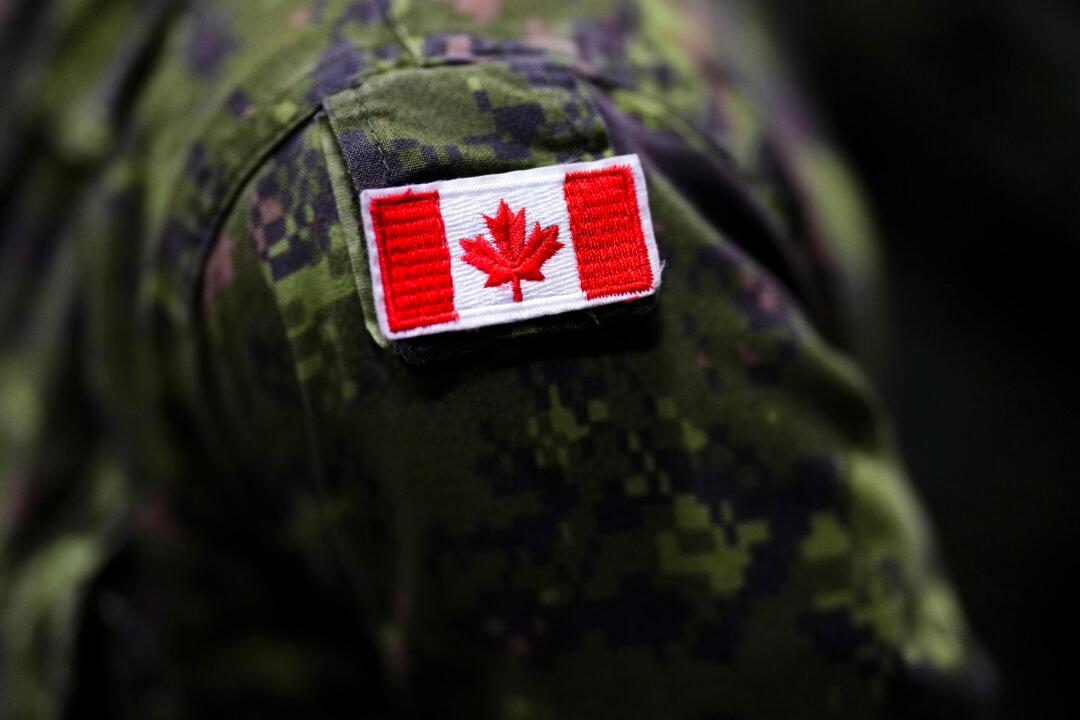News Analysis
From flip-flopping on mask mandates, to initially leaving borders unprotected against travellers from the pandemic’s epicentre, to applying lockdowns inconsistently, to piling on more conflicting measures amid rising Omicron cases, Canadians have endured a never-ending see-saw of COVID-19 policies since the virus outbreak began in China—in many cases presented in the name of undisputed science.





